
Ever Seen This Creepy Wall-Clinging Moth? Meet the Kamitetep
Some bugs make surprisingly good roommates. For example, many species of spiders can work as pest control while keeping to themselves. However, other insects are venomous or enjoy invading food supplies, beds, and house foundations. Phereoeca uterella is a type of moth that lives in tropical climates and eats a wide diet, including household items like wool and silk. As the summer heat rises, keep an eye out for these creatures, known as kamitetep in Javanese, and learn how to defend your home from them.
Plaster bagworms and household casebearers
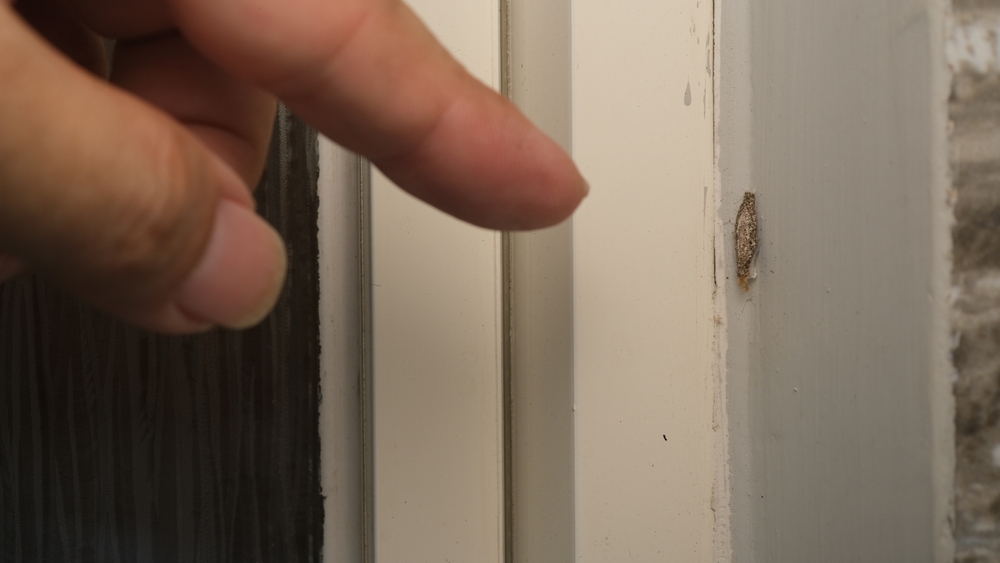
Kamitetep is at the forefront of etymological confusion. The moth species is in the family Tineidae, and is known officially as Phereoeca uterella. But they are commonly known as plaster bagworms and household casebearers. However, some experts claim that household casebearers are actually “Phereoeca allutella,” a completely different moth family from plaster bagworms. No matter the opinion, no one wants to find these moths setting up shop in their living space.
Kamitetep and their cases
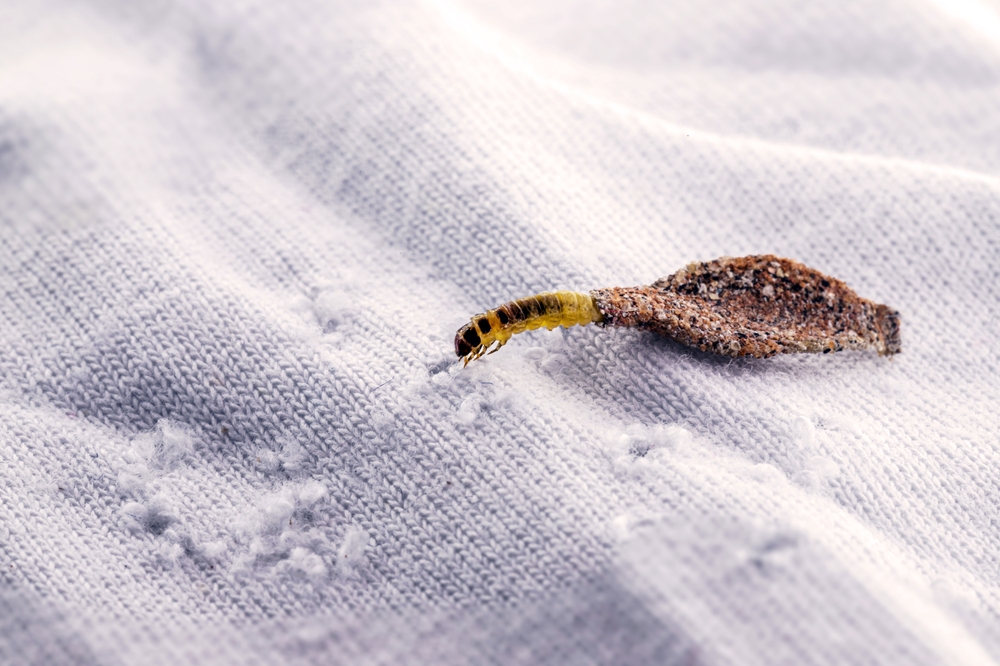
Ironically, kamitetep is more known for its larval stage than its adult moth stage. This is when they appear in gray, flat cocoon-like cases that the caterpillars carry around as a shield while they look for food. When it’s time, the caterpillar uses it as a pupal case while transforming into a fully-grown winged moth, explains EDIS. People may realize they have a bug problem after finding one of these cases with the developing moth inside. Or they may find it eerily empty. The cases camouflage well in gardens, making them harder to spot early.
Read More: 20+ Mosquito-Repelling Plants to Keep Your Yard Pest-Free
Life stages
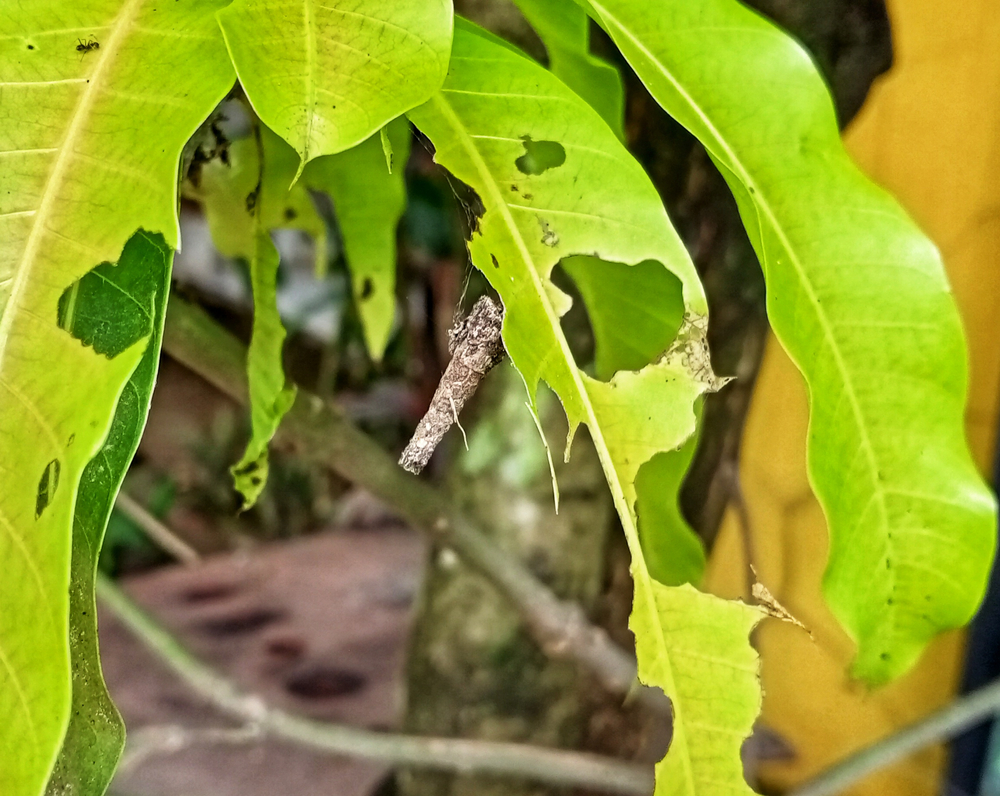
There are four life stages of these moths: egg, larva, pupa, and adult, according to Native Pest Management. First females lay tiny eggs in clusters in hidden locations to ensure their survival. Once they hatch, the larvae begin to feed and gather materials for their own cocoon-like structures. They will grow and molt a few times before turning into pupae. Pupae are harder to spot since they remain in their cases until they emerge as adults. Adult kamitetep grows to about half an inch in length, with tiny grayish-brown scales all over the body.
Diet
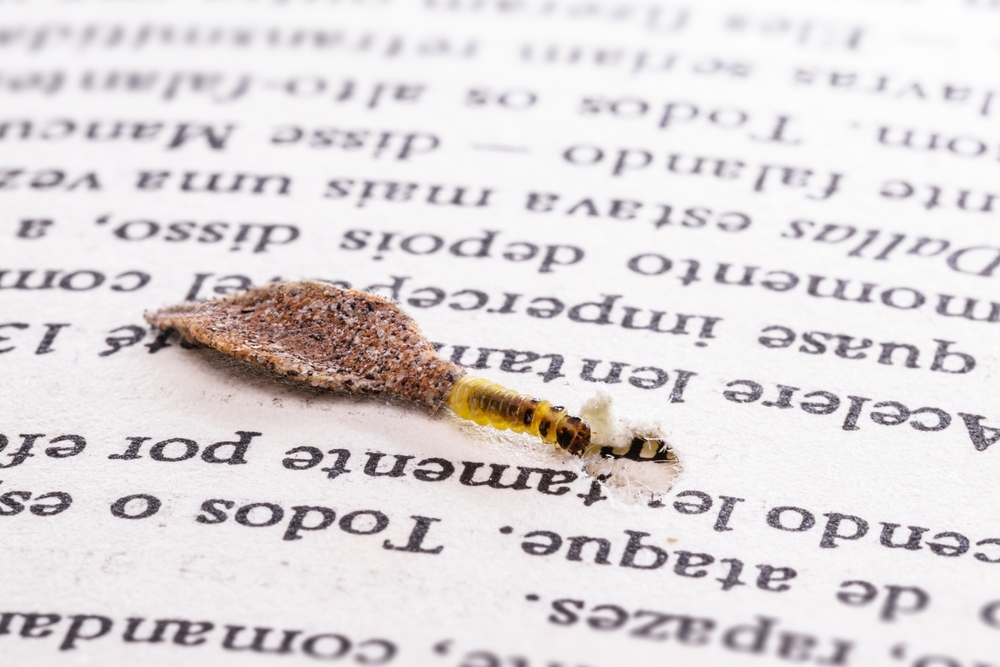
Since this species gravitates to heat and humidity, they are typically found in closets, basements, gardens, garages, and attics. There, they have a large supply of organic materials to consume. Their diet includes dust, feathers, wool, spiderwebs, hair, dead insects, lint, silk, paper, and plant debris. For some reason, they don’t seem to like cotton, says Free Malaysia Today. Unfortunately, they can chew through personal items like clothes, rugs, linen, and important documents, which is why kamitetep don’t make good roommates.
Where they hide
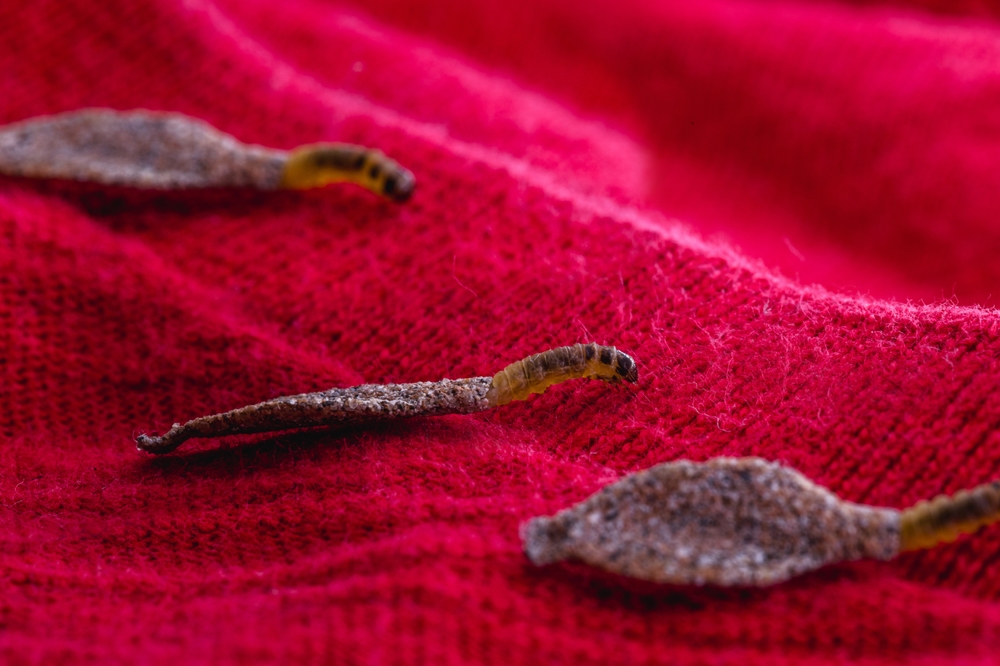
Search for signs of kamitetep in your home with their diet in mind. Look around storage boxes, especially the ones made of cardboard. Check areas with fabric, such as linen closets and around carpets. Remember to look out for their small, tubular cases, which could be hanging on a wall or ceiling. You may also see little caterpillar-like larvae looking for food near their cases. Additionally, like with other moths, look around light fixtures because adults are attracted to them.
Read More: If You See These Insects in Your Yard, Get Rid of Them Immediately
How to get rid of kamitetep in your home
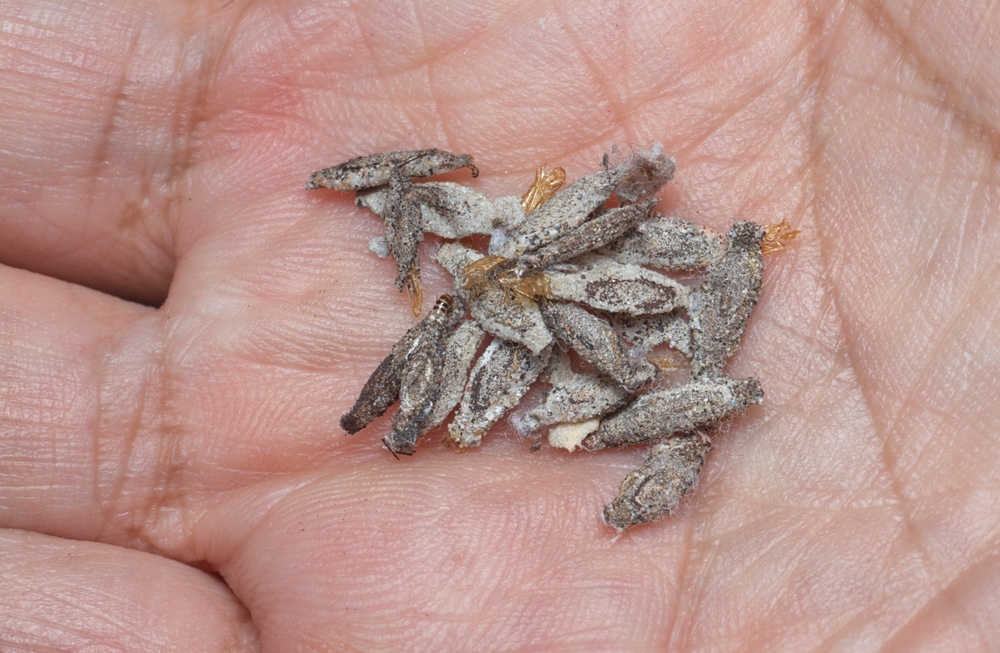
Since these bugs are attracted to natural materials for food, the first step of extermination is spring cleaning. Focus on vacuuming rugs and furniture, and around spaces like closets, attics, and basements. Place extra attention on corners and potential hiding places. Next, seal any cracks that allow bugs to sneak through or hide eggs. Use caulk or weather stripping around windows and doors. Use a dehumidifier to deter these pests that thrive in moist environments. And if you see the tell-tale cases, get rid of them immediately.
How to prevent kamitetep infestation
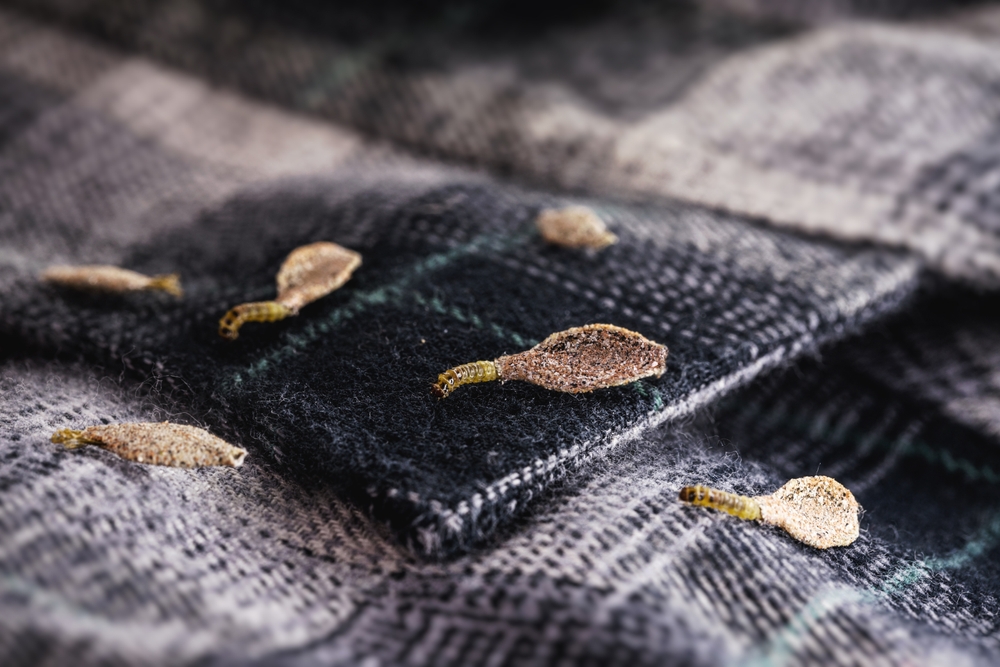
Bugs are attracted to potential sources of food, and they won’t stick around if there’s nothing to eat. So routine cleanings can go a long way to keeping your home pest-free, explains Nature Pest, a pest control company in Florida. Minimize clutter that can gather dust and crumbs. (This will also make cleaning easier.) Use airtight containers to store food, and get rid of scraps promptly. Don’t panic if you notice signs of kamitetep, since they may be passing through during their hunt for nutrients. But keep your eye on the situation so they don’t multiply into an infestation.
In case of an infestation
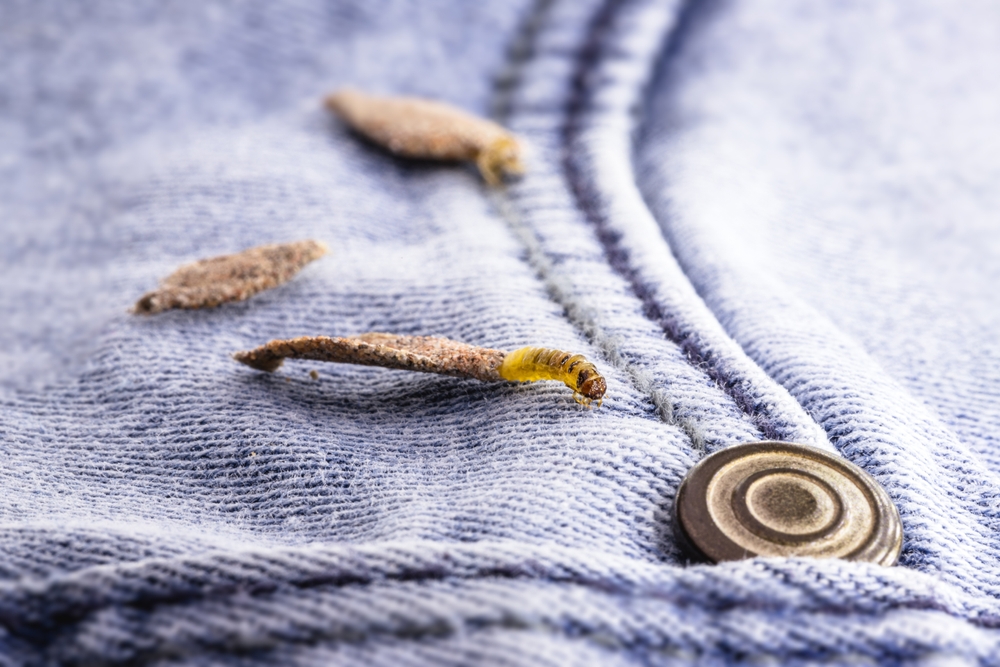
If deep cleaning and dehumidifiers aren’t working, you may need to use an insecticidal spray or call professional exterminators to step in. Fortunately, these bugs don’t directly harm people or pets, but they are a nuisance, can damage property, and can spread somewhat quickly. Also, spiderwebs are one of their favorite foods, so if you have a spider problem as well, let the pest control staff know during their visit.
News in the same category


It’s Official! Mexico City Has Banned Bullfighting, Ending A 500-Year-Old Tradition

Disconnect WiFi at Night Sleep With the Phone on Airplane Mode in Another Room

The Hidden Dangers of Cooking with Aluminum Foil: Health Implications and Safer Alternatives

Japan Has Created a New Plastic That Dissolves in the Sea Within Hours and Enhances Soil Health

Scientists Reveal Simple Blood Test Can Detect Cancer Years Before Symptoms Appear

Bill Gates Says Only 3 Jobs Are Safe From AI — Are You In One Of Them?

People Unvaccinated Against COVID Are 48 Percent More Likely To Get Into Traffic Accidents

A ‘Zombie’ NASA Satellite Woke Up After 60 Years—And It Sent Out A Powerful Radio Pulse

Scientists Claim That If Humans Go Extinct, Octopuses Have The Best Chance Of Building The Next Civilization

23-Year-Old Ukranian Discovers Way To Make Paper From Fallen Leaves Without Cutting Down Trees

Rare ‘Doomsday’ Oarfish Washes Ashore In Tasmania, Igniting Superstitions Of Impending Disaster

No one knows why 13 trucks are blocking the highway, when the truth is revealed, tears flow

Controversial Inventor’s Mysterious Death Sparks Debate Over Alternative Energy Suppression

Only two places are safe in a nuclear war, expert says

Woman Claims to Be Part of the 0.00001% Who Remembers Every Moment of Her Life—Including Before Birth

5 Countries Tighten Immigration Rules, Making It Tougher For Americans To Move Abroad

Gulf Stream On The Brink Of Collapse — Scientists Warn Of Global Catastrophe

French Farmer Discovers $4 Billion Gold Deposit, But Legal Hurdles Prevent Him From Profiting

Inside The Global Seed Vault: Earth’s ‘Safest Place’ Only Opens Six Times A Year
News Post

Surprising Triggers: What May Be Causing Your Hives (Urticaria)

The Truth Behind ‘Durex’: What Its Name Actually Stands For Has Stunned Many

Your Eyes: Windows to Your Health – Uncovering Diabetes and Cancer Through Vision

Psychology: People Who Talk To Their Pets Like They Are Humans Display Certain Emotional Traits

It’s Official! Mexico City Has Banned Bullfighting, Ending A 500-Year-Old Tradition

Disconnect WiFi at Night Sleep With the Phone on Airplane Mode in Another Room

The Hidden Dangers of Cooking with Aluminum Foil: Health Implications and Safer Alternatives

Japan Has Created a New Plastic That Dissolves in the Sea Within Hours and Enhances Soil Health

Scientists Reveal Simple Blood Test Can Detect Cancer Years Before Symptoms Appear

Bill Gates Says Only 3 Jobs Are Safe From AI — Are You In One Of Them?

5 Early Warning Signs of Cancer in Children: Parents Must Know to Save Their Child

People Unvaccinated Against COVID Are 48 Percent More Likely To Get Into Traffic Accidents

If Your Body Has a Bad Odor in These 3 Areas, It Could Mean Poor Liver Detox and Declining Function – Get Checked Before It’s Too Late!

Warning: If You Notice This Symptom in Your Body, Go to the Hospital Immediately – It Could Be Late-Stage Nasopharyngeal Cancer

A ‘Zombie’ NASA Satellite Woke Up After 60 Years—And It Sent Out A Powerful Radio Pulse

Scientists Claim That If Humans Go Extinct, Octopuses Have The Best Chance Of Building The Next Civilization

23-Year-Old Ukranian Discovers Way To Make Paper From Fallen Leaves Without Cutting Down Trees

Rare ‘Doomsday’ Oarfish Washes Ashore In Tasmania, Igniting Superstitions Of Impending Disaster

Sore Throat Relief: How Ginger Can Soothe Your Throat Naturally
